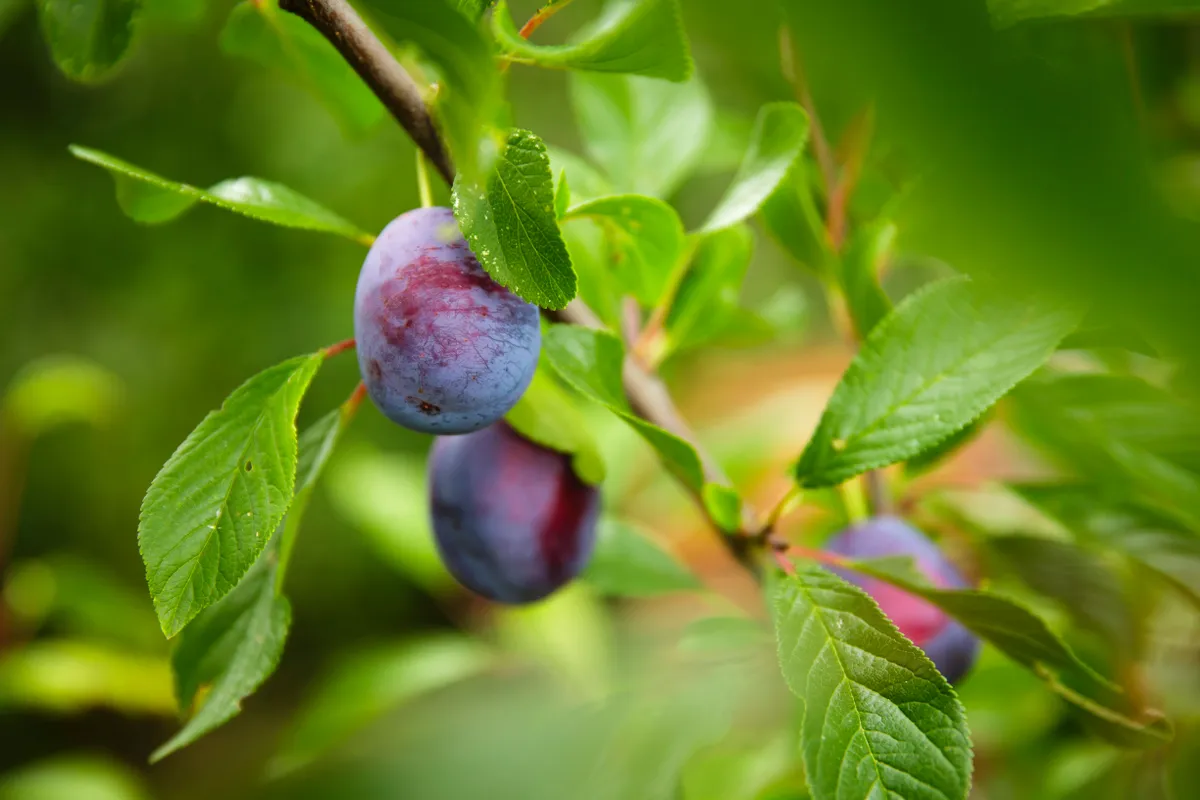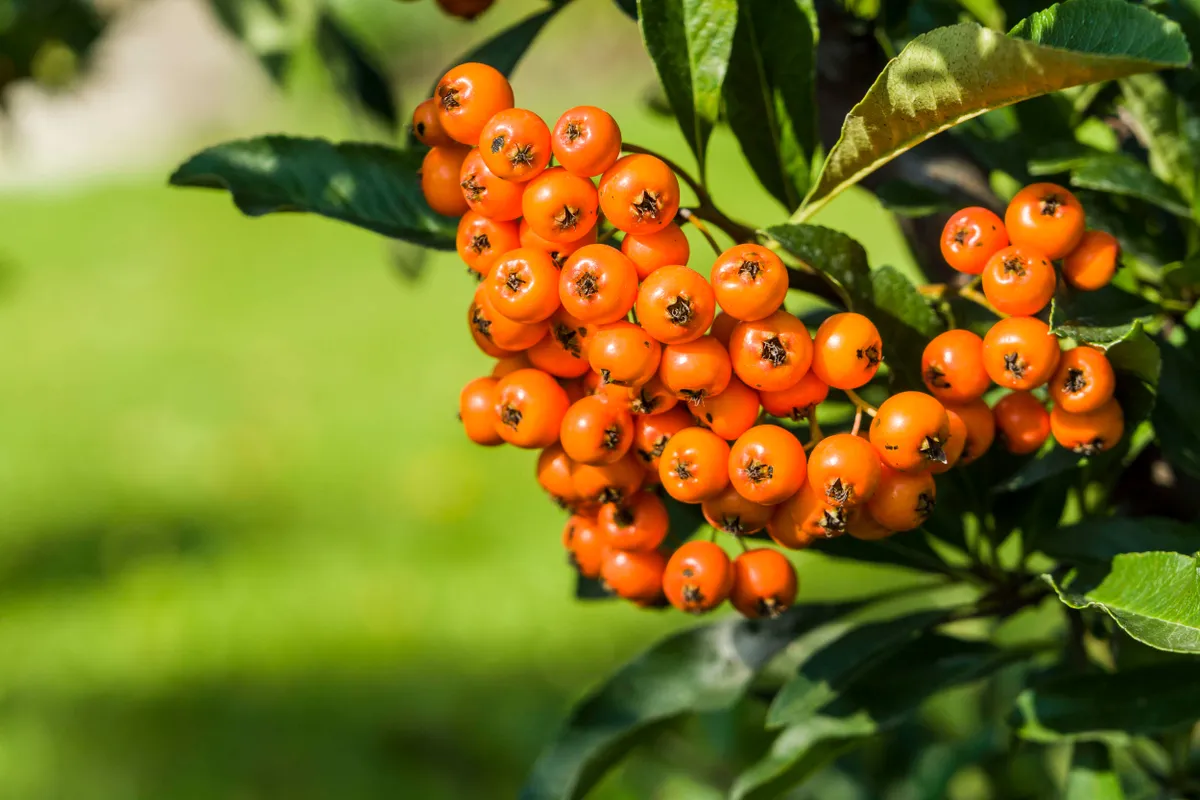In her piece on edible hedgerows, Alys Fowler picks a selection of plants that will work best. Below she explains how to cultivate and care for your edible hedgerow. Read what to plant for an edible hedgerow here.
Establishing these hedgerows can be simple, either as a single row or staggered into two or three rows for a thicker affair. If you are in a wind-ripped, coastal area it might be wise to think of using wind-mitigating netting to allow the hedge to get growing upright. You can get young whips into the ground from October to March. Late autumn hedgerow plantings tend to do better because they have had early winter to bed down and settle in and tend to make a march on spring growth.

The general rule of thumb is that you need to plant five bare root whips per metre for a hedgerow in two rows so that the plants are staggered roughly 33cm apart. Often you can get bundle deals for country hedgerows in offers of 50, 100 or 250 plants and this might be a good starting point if you have large hedgerow to establish. You can always cherry pick some extra edibles to add to the hedgerow. Fifty plants roughly equates to 16m metres of a single row hedge or 10m of a double row.
You may also like
Ideally, your soil should be soft enough to push a spade right the way in before planting. If it’s not, you may want to consider rotavating or forking it over first. If you do it is wise to remove more persistent weeds at this stage as the ground does need to be clear. If you have well-rotted compost or manure then it’s always a good idea to add a layer. It will keep the weeds down and help feed the plants, and it does not need to be dug in.

For large hedgerows, it makes sense to use a weed-suppressing membrane and plant into this, which will help keep down weeds and lock in moisture. Plastic membrane is more permanent but will eventually leach into the soil, so better to opt for an eco alternative, such as jute, wool or cardboard matting. You’ll find these at suppliers such as Chimney Sheep (chimneysheep.co.uk) and Mulch Organic (mulchorganic.co.uk). Bare-root plants need to be planted at the depth of the soil mark on their main stems or if bought in containers to the depth they were in their pots. Firm in and prune back the tips of leggy plants and water in well. If you have deer or rabbits you will need to use guards. And it goes without saying that it is essential that you continue to water your hedge in dry weather as it establishes for the first year of its life.